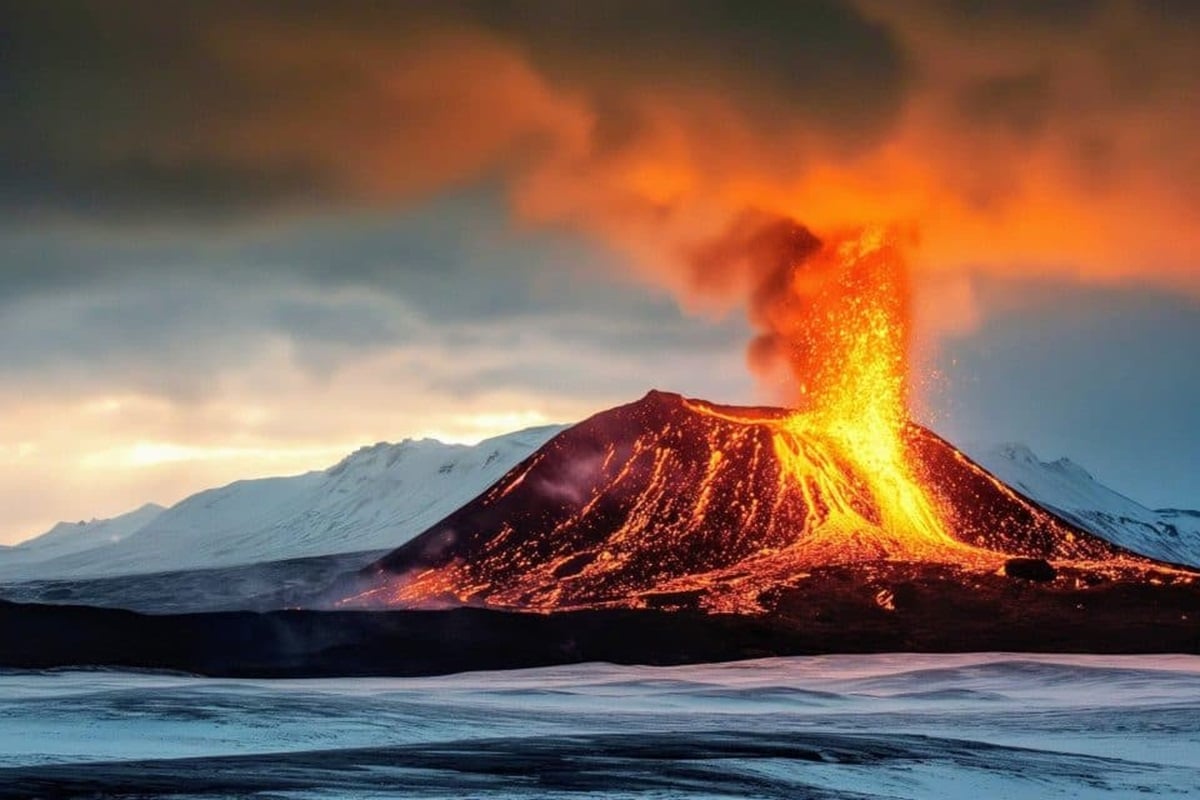Iceland, a land renowned for its breathtaking natural wonders, is facing a new era of volcanic activity that could reshape its southwestern region for years, if not decades, to come. Recent research, conducted by an international team of scientists and published in the journal Terra Nova, suggests that the ongoing eruptions on the Reykjanes Peninsula may continue intermittently for an extended period, posing significant challenges to the country’s most populated area and critical infrastructure.

The study, which builds upon earlier research published in Nature Communications, examines the initial Reykjanes eruptions that began in 2021. The Reykjanes Peninsula, home to 70% of Iceland’s population, its only international airport, and several vital geothermal power plants, had been dormant for 800 years prior to this recent volcanic activity. However, since 2021, the region has experienced a series of eight eruptions, forcing authorities to declare a state of emergency and evacuate residents and tourists multiple times.
Professor Ilya Bindeman, a volcanologist involved in the study, noted that “almost all of Iceland’s island is built from lava,” highlighting the country’s unique position on the Mid-Atlantic Ridge, where the North American and Eurasian tectonic plates are drifting apart, as the primary cause of its volcanic activity.
To understand the nature and potential duration of Iceland’s eruptions, the researchers employed advanced techniques to analyze the magma’s composition and origin. Bindeman, specializing in isotopic analysis, explained the process: “In the air we breathe, there’s a mixture of these oxygen isotopes and we don’t feel the difference. Their differences are usually not important for chemical reactions but are important to recognize as their relative abundances in magma can differentiate one magma source from another.”
By examining lava rock samples from different volcanoes on the peninsula, the team discovered similar “fingerprints,” suggesting a shared magma storage zone beneath the region. Seismic imaging further supported this theory, revealing a reservoir about 5.5 to 7.5 miles deep in the Earth’s crust.
The unique nature of Iceland’s eruptions provides scientists with a rare opportunity to study active volcanic processes up close. Bindeman described the experience as both “astonishing and chilling,” emphasizing the immense power of nature and the potential devastation these events can cause, despite being ordinary from a geological perspective.
As Iceland faces this new chapter in its geological history, communities and authorities must prepare for potential long-term disruptions. The recurring eruptions threaten economic stability and force evacuated residents to face uncertain futures. Scientists are now discussing plans to safely drill into the volcanic sites, hoping to gain deeper insights into the geological processes driving these eruptions. This research could prove crucial in developing better prediction models and mitigation strategies for the years to come.
Leave a Reply